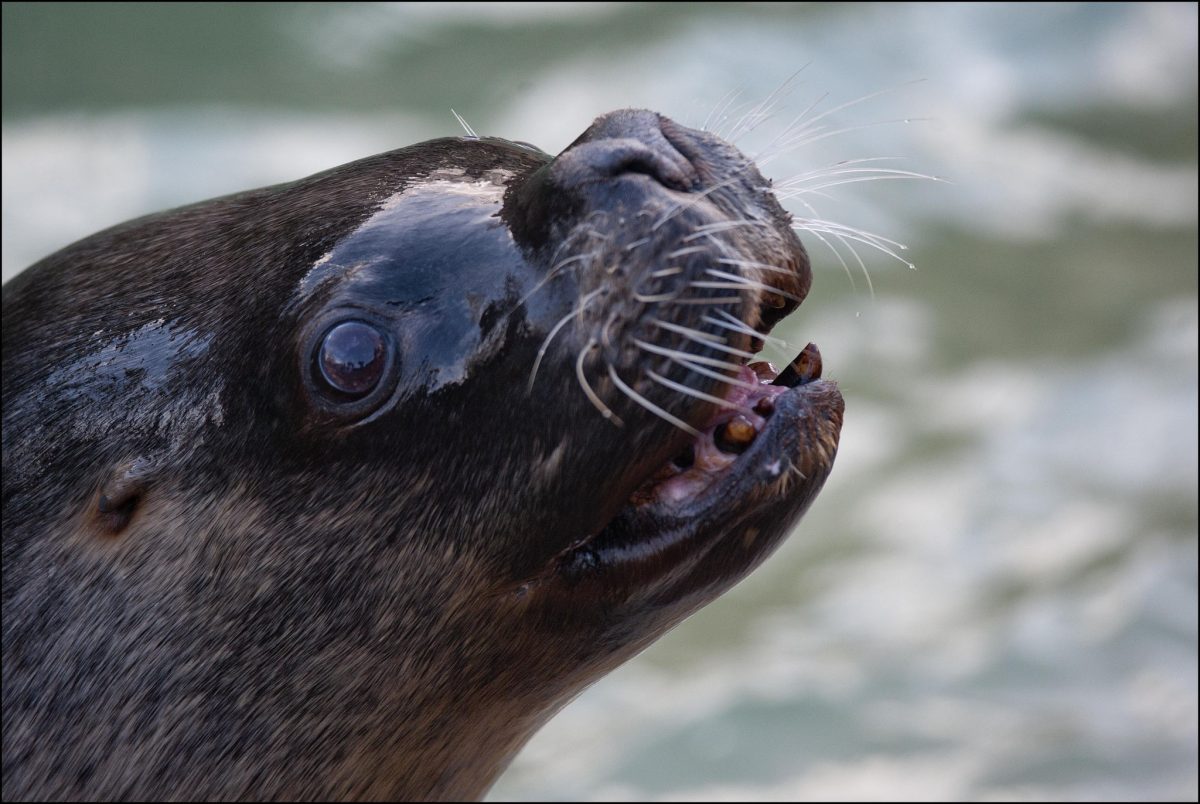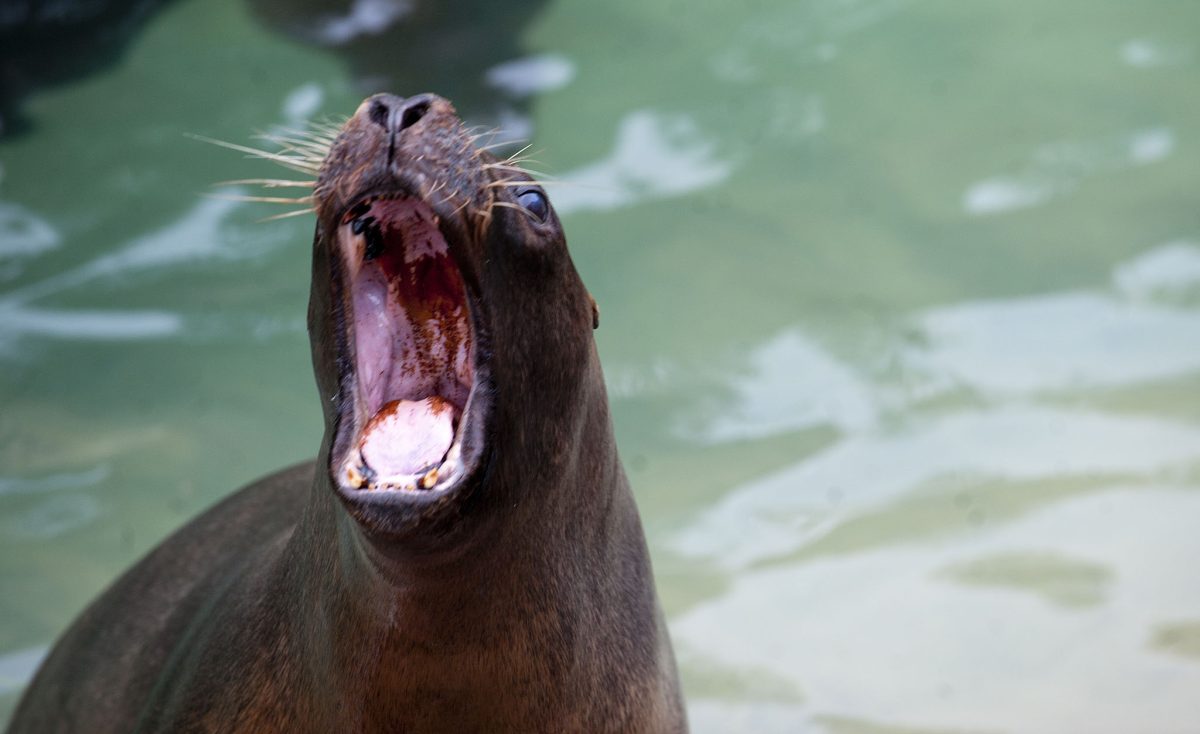Factfile
Where they live
sea lions live along the coasts and offshore islands of southern South America, from Peru to Chile on the Pacific side, and from Argentina to Uruguay on the Atlantic side, as well as in the Falkland Islands
Habitat
native seas; sea lions are non-migratory animals meaning they will spend their whole life in one area
Size
females 1.8 -2m, males up to 2.7m
Weight
females 150 kg, males between 300450kg
Lifespan
20-25 years
Threats
South American sea lions were hunted extensively in the 19th and 20th centuries, which heavily depleted some populations. This species is no longer hunted commercially, but some countries wish to resume hunting South American sea lions. They are also at risk from loss of habitat and from ocean pollution. Most sea lion, have high concentrations of toxic chemicals and metals in their body tissue.
Did you know...
- Sea lions can be distinguished from true seals because they have external ears and walk on their long mobile flippers
- During the mating season, male sea lions won’t eat, but instead choose to focus entirely on protecting their territory and females
- Sea lions have no need to drink; they obtain all the water they need from their food
More about sea lions...
Males are much larger than females with a thick, maned neck and large head, giving them a lion-like appearance. Both sexes have upturned snouts and external ears.
They are large and fearsome predators, but are preyed upon themselves by killer whales, which go so far as to beach themselves in pursuit of a sea lion pup.
Patagonian sea lions are carnivores, feeding primarily on schooling fish, such as anchovies and hake.
They will also feed on squid and octopus or on what is seasonally available. They occasionally prey on penguins and fur seal pups.Their foraging grounds are shallow areas within five miles of shore.
South American sea lions prefer open sandy or pebble beaches for resting on shore, and group in large numbers.
They will form smaller groups in rocky areas and sometimes make use of boat wharves for resting and sunning themselves.
The largest and most intimidating males establish harems of up to 18 females.
After 110 days the female will give birth to a single pup. The pups are born black, but change to brown as they mature and moult.
How you can help...
Adopt a Sea Lion!
Help prevent animals from becoming extinct by adopting an animal, you'll be supporting our zoo too!
Gold Adoption
Help support our zoo with a Gold adoption package with an additional zoo admission ticket, and personalised message displayed outside your adopted animalʼs enclosure.
£55.00
Find out moreSilver Adoption
Help support our zoo with a Silver adoption package it includes an adoption certificate, a zoo admission ticket and lots of zoo treats!
£41.50
Find out more











